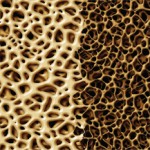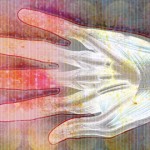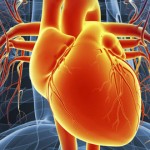SAN FRANCISCO—The discovery of a promising new target for the treatment of osteoporosis has a beginning to the story that, when it comes to scientific breakthroughs, rings familiar: It started with a disappointment. Researchers in the lab of Laurie H. Glimcher, MD, the Stephen and Suzanne Weiss Dean of Weill Cornell Medical College—were in search…






